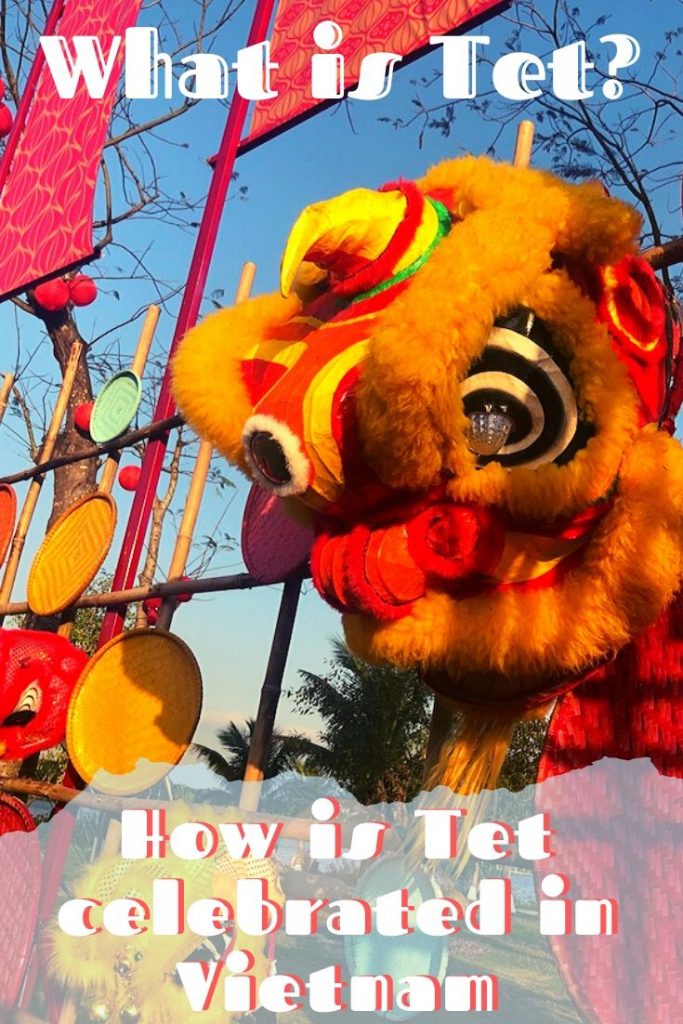Tet is the most celebrated holiday in Vietnam. Nevertheless, for many visitors, they learn about it when it starts happening all around them.
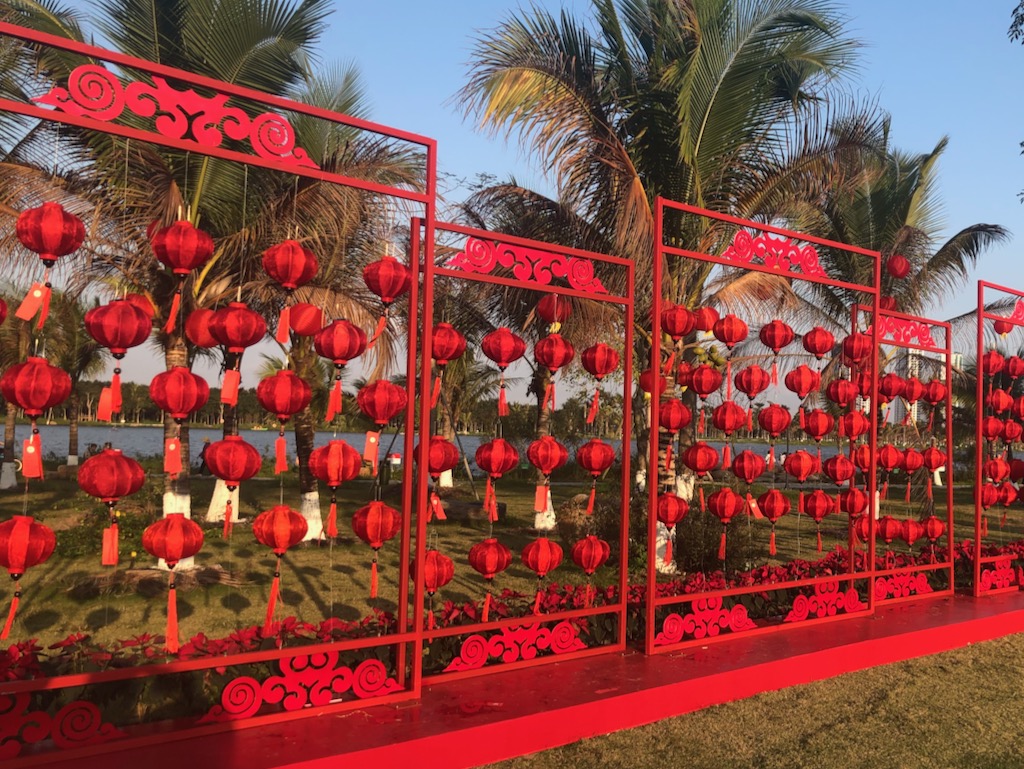
It’s true, most tourists arrive in Vietnam with no knowledge of the Tet Festival, and yet this is the most important celebration of the year for locals.
In fact, when I first encountered the Vietnam Lunar New Year, I was staying in a small city in the north. While this was an incredibly colorful occasion, it was also a time when supermarkets, café’s and restaurants were closed. As a result, tourists were left scrambling for even the most basic supplies.
On the other hand, the Vietnamese people were well-prepared and eager to get on with the celebrations. As you may know, locals tend to return home to their families during Tet. Not surprisingly, every region has a slightly different approach to customs, traditions, and superstitions.
But what is Tet exactly, and why does it matter so much?
Well, Tet marks the Lunar New Year in Vietnam, but that only begins to tell the story…
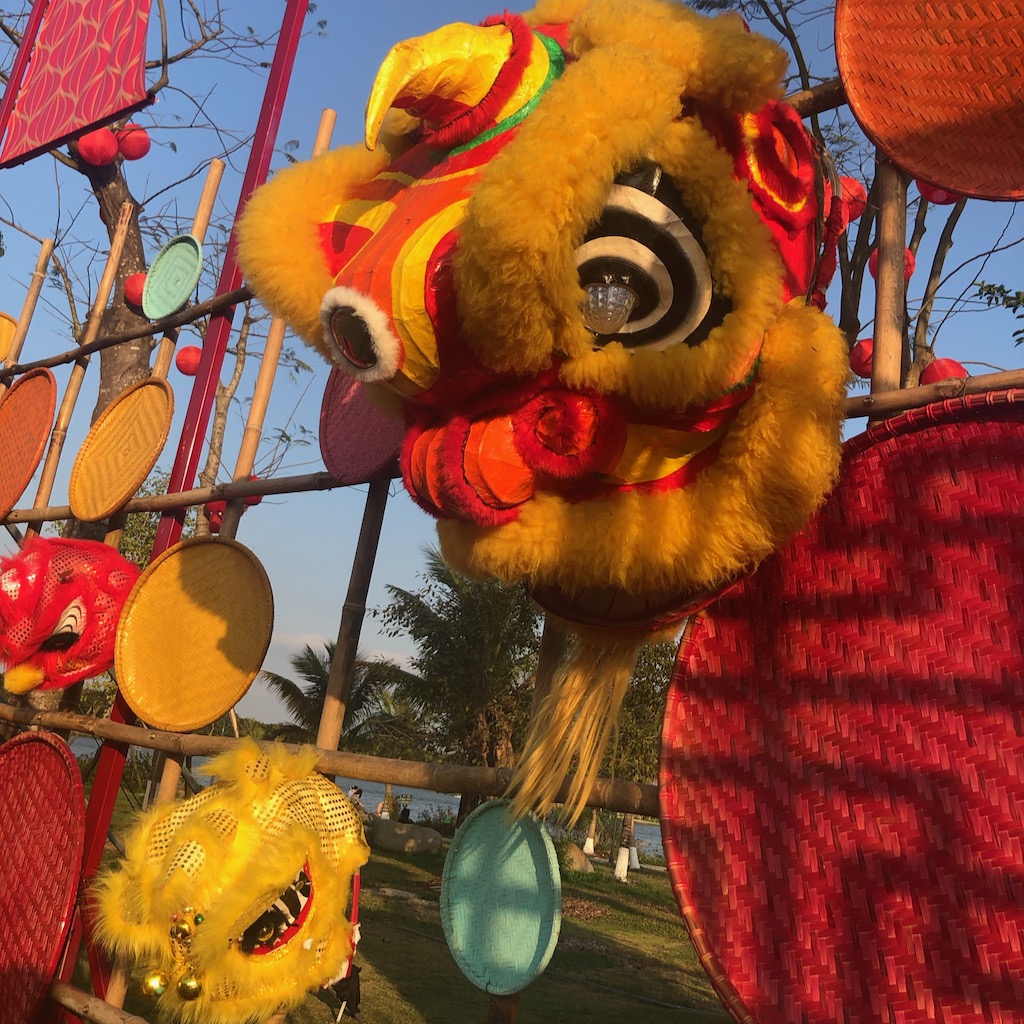
Let’s take a look at what to expect during Tet and how to celebrate Tet in Vietnam.
What is Tet, and when is Tet?
Tet marks the very beginning of spring. This is the time in which the Vietnamese can leave the past behind and start focusing on the future.
Since many locals go home to their families for this period, some towns and cities can feel unusually empty or quiet at the very least.
Streets are decorated in the lead up to Tet, and locals also practice various traditions and superstitions. But more on that in a moment.
As for the timing, Tet marks the Lunar New Year in Vietnam and falls on the very same day as the New Year celebrations in China.
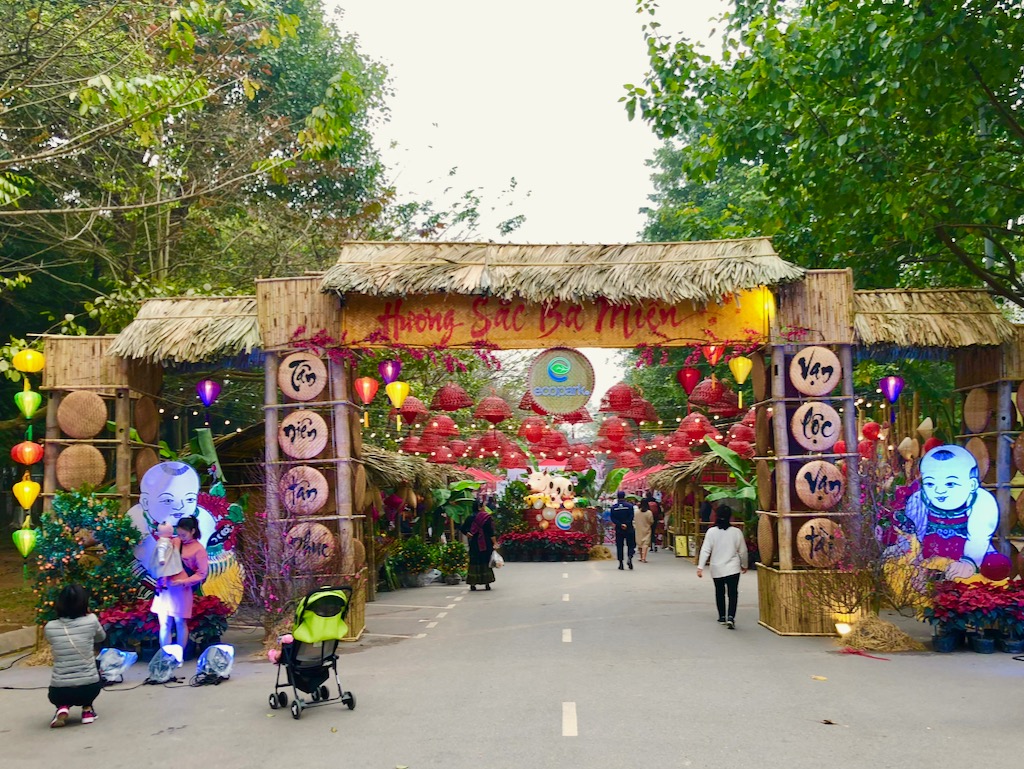
As with several holidays in this part of Asia, the date for Tet celebrations is decided by the Chinese Lunisolar calendar. That is to say, the specific date of Tet is different each year but always takes place in either late January or early February. More specifically, this period is most often marked by the new moon between January 21 and February 2.
Tet Festival and how locals celebrate Vietnam Lunar New Year
Traditionally, Tet lasts between seven and ten days. At the same time, preparations for the celebration usually begin more than two weeks before the arrival of the Lunar New Year.
In case you might be asking yourself, this usually involves locals decorating their streets and homes while cooking holiday food for the occasion.
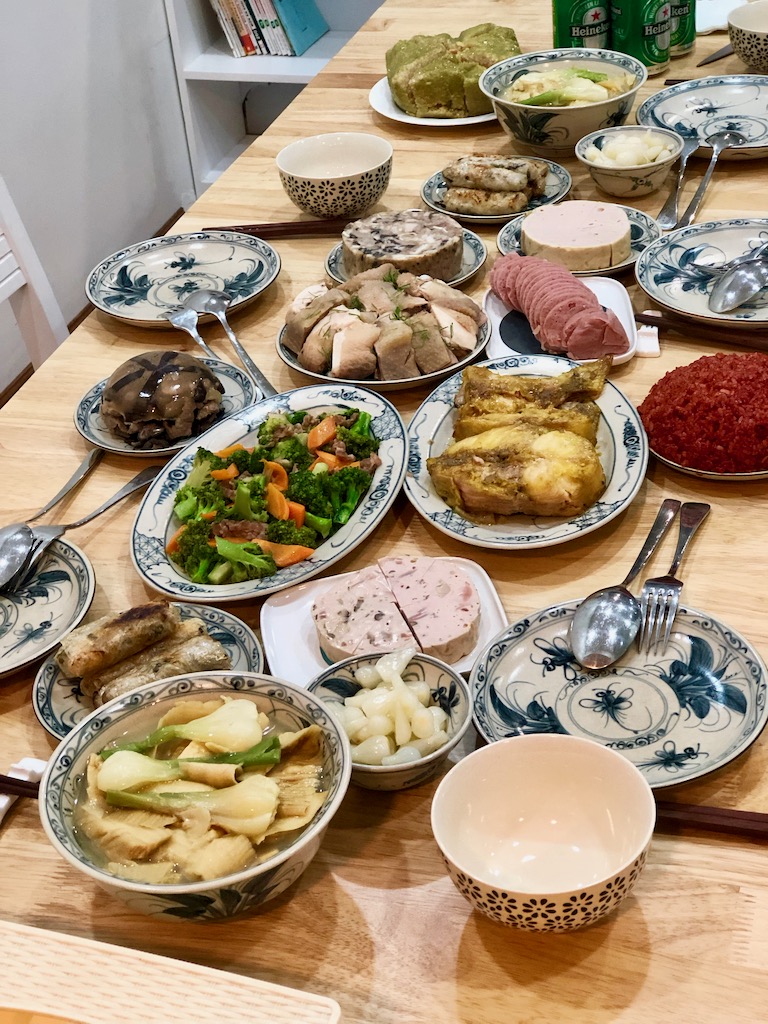
What’s more, it’s important for locals to clean their home and make sure everything is nice and tidy for the arrival of any family members.
You see, it’s custom for relatives to visit each other on the first day of Tet. During this visit, greetings and gifts are exchanged, and li xi, or lucky money, is passed to children or elderly family members.
However, the Vietnamese people also believe that the first member to enter the home will determine their success or fortune in the upcoming year. For this reason, they tend to handpick a family member with good character or wealth, and any visits on this first day are usually for close family members only.
For the days that follow, other relatives and friends will begin visiting each other for celebratory drinks and meals.
In between, it’s also tradition for locals to visit temples and places of pilgrimage to pray and give thanks for the fortune that they hope to receive in the year ahead.
Finally, after four days of celebration, things start to die down a little, and slowly, locals begin returning to their jobs or permanent residence.
Some common Tet traditions…
Vietnamese people believe that red and yellow colors bring good luck to the household. With this in mind, you will notice plenty of these colors around the towns, cities, and homes during Tet.
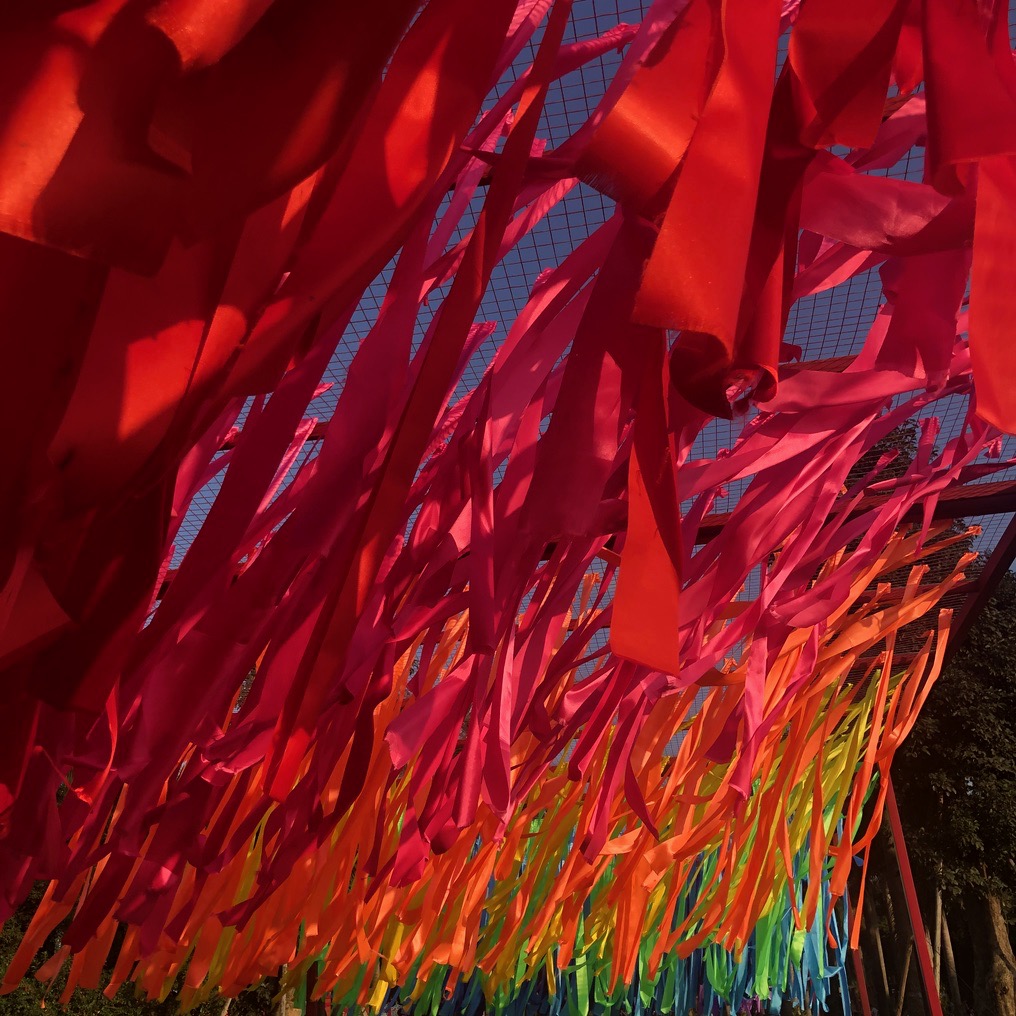
A kumquat tree is the staple of Tet celebrations symbolizing the fertility and fruitfulness that family hopes will come in the coming year. It is the equivalent of the Christmas tree in the west. The more fruits on the tree, the luckier your family.
Red envelopes with lucky money are everywhere on Tet holidays. Their significance is the red paper, not the money inside. The red color of the envelope symbolizes happiness and good luck.
Since Tet marks the beginning of spring, celebrations are filled with flowers.
In southern Vietnam, yellow apricot flower (hoa mai) is the symbol of spring and the embodiment of the Tet holiday spirit.
In contrast, the peach flower (hoa dao) is the symbol of Tet in the north. Bright pink blossoms take center stage there.
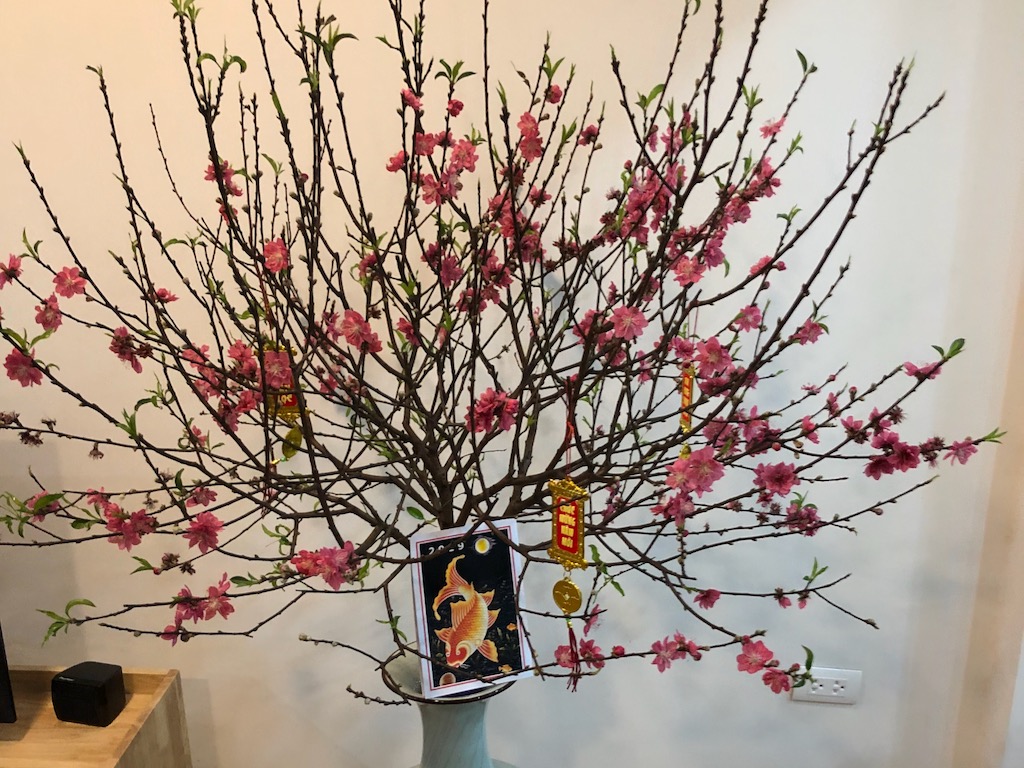
Of course, celebrations of spring arrival mean a multitude of flowers in all shapes and colors.
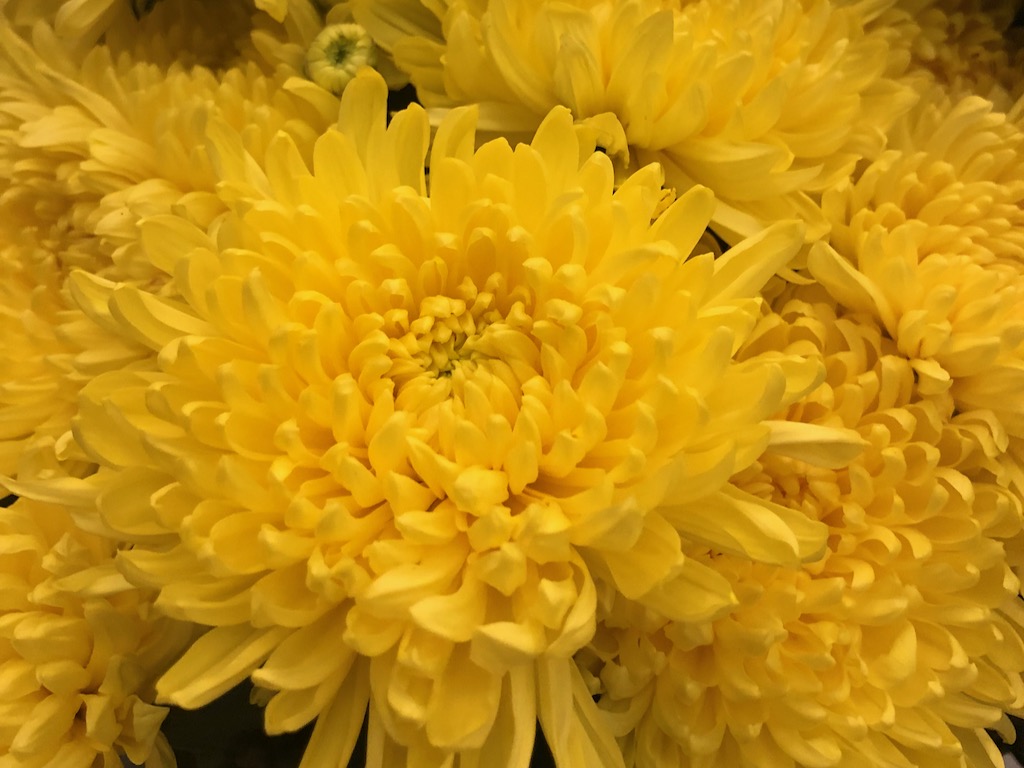
… and Tet superstitions
It’s true, preparations are essential for Tet, but certain superstitions are also common throughout this time.
For instance, it’s considered unfortunate to sweep the floor during Tet as locals believe that this motion is a symbol for sweeping away good fortune.
Similarly, people always smile during Tet, for it’s believed that whatever happens at this time will dictate the extent of their success in the upcoming year.
Finally, one of the most important superstitions during Tet relates to death. In other words, those who experience loss in their family are unable to visit another home during Tet as this is considered bad luck.
Now, for some visitors to Vietnam, there is also another question:
How can you celebrate Tet in Vietnam?
For example, what if you get invited to the Tet dinner by a local? What to wear? What gifts should you bring, and what’s the proper etiquette?
How to celebrate Tet in Vietnam without causing any offense
In spite of what you might think, tourists are more than welcome to join in with the Tet celebrations. As if that’s not enough, it’s not uncommon to be invited to the Tet dinner. Naturally, in this case, you will likely want to know about what to wear or how to behave, etc.
As a rule, it’s not necessary to bring any gifts as a guest, but if there are males in the family, consider taking a bottle of brandy – St. Remy will do. Similarly, you might want to bring some flowers for the lady of the house, but again, this is all optional.
As for what to wear, red and gold are lucky colors, but the overall approach is very casual. So try not to worry about the specifics and dress modestly for the occasion.
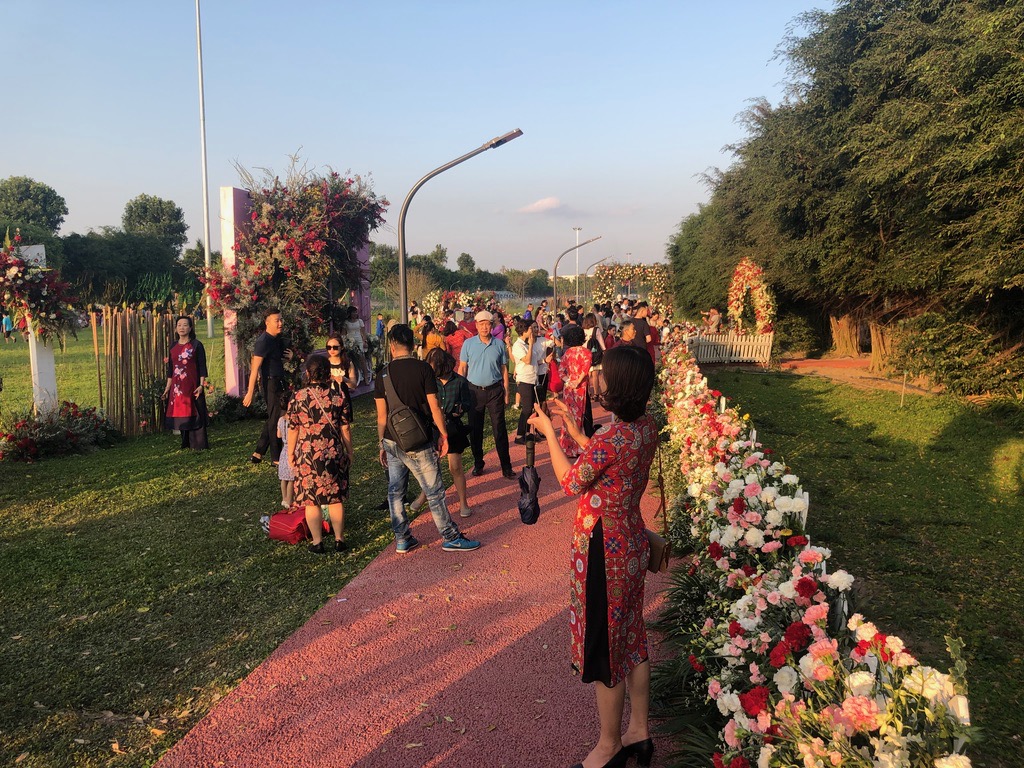
But that’s just part of the story….
Tet and drinking
You see, in my experience, the biggest challenge with Tet celebrations revolves around drinking. In other words, you will likely be invited to drink with the males of the home at some point, and this often involves drinking games.
Cue endless calls of “Yo! – bottoms up” and relentless encouragement from the other males to keep drinking and get as drunk as possible. As if that’s not enough, my recollection of drinking in Vietnam was that as the guest, you were toasted separately with each male. As a result, if you were not careful, you were drinking many more than them.
It’s quite stressful to be honest and say, “Enough.” Hence, you can try something like this, “Australians (do not forget to replace with applicable nationality here) don’t drink like that. We drink slowly and enjoy it more.” And while this seems to stop everyone from asking, this also helps to avoid causing any offense.
Now, that’s not to say these situations should be avoided but rather to help you prepare for them!
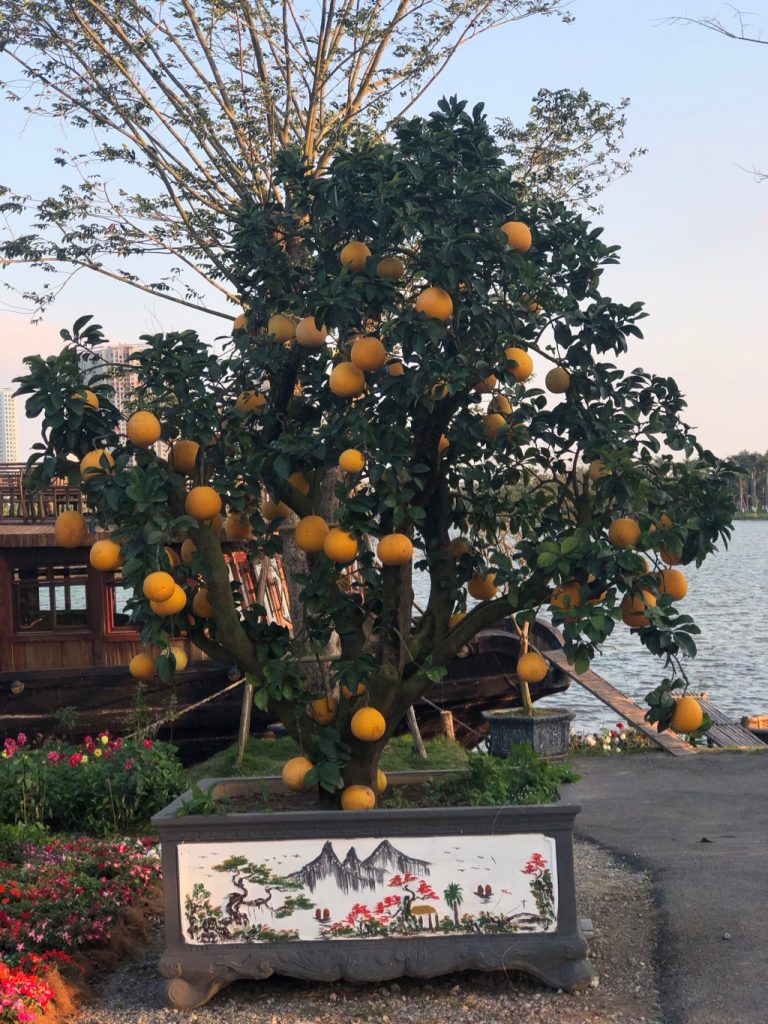
In conclusion
Tet is a significant occasion for the locals and an enjoyable time to visit Vietnam. However, you should keep in mind that shops, restaurants, museums and even hotels tend to close during this period.
Consequently, it’s always a good idea to book your accommodation ahead of time, stock up on supplies, and be grateful for any invitation to celebrate the Vietnamese Lunar New Year with the locals.
If you liked this article you may also like:
- What to Expect and How to Prepare for the Hanoi Winter
- Hanoi Air Quality – Firsthand Experience
- Side Streets Of Athens
